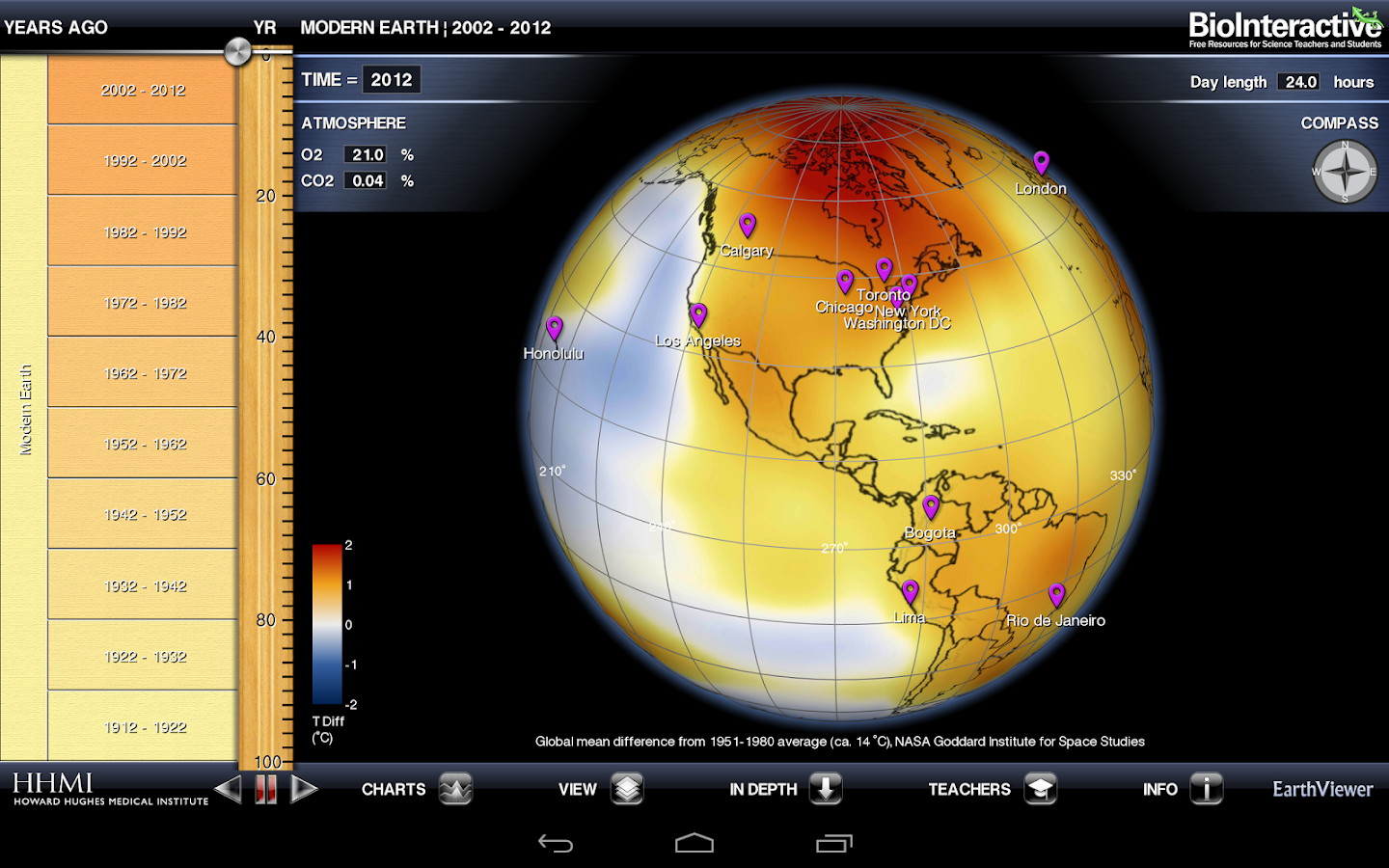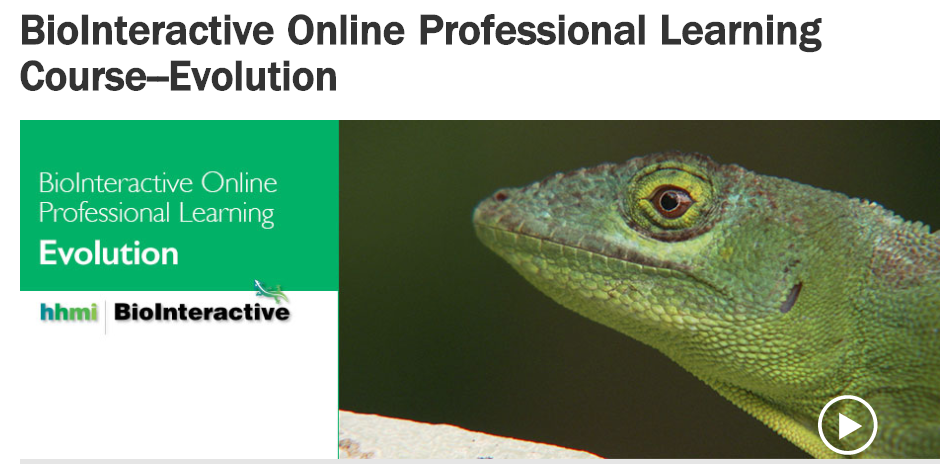BioInteractive brings the excitement of scientific discovery to the classroom
Although the information we can find on the internet can be (or feels) infinite, we can not always trust the validity and quality of all found information. In the case of science education, many teachers use the internet to search for educational resources that serve as support in class, however, finding material that is attractive to students and of good quality at the same time is not always an easy task.
For this reason, the Howard Hughes Medical Institute (HHMI), with the support of scientists, artists and education experts, has created BioInteractive, a collection of multimedia resources specialized in Biology. The collection includes apps, animations, videos, interactive platforms and virtual labs that are designed to bring the excitement of scientific discovery to the classroom.
The collection is wide and includes from short films narrated by scientists to presentations dictated by Nobel Prize winners. All the resources, which also include guides for teachers, are completely free and can be found in Spanish and English.
We spoke with Javier Robalino, Program Officer, Higher Education & Spanish Language Initiative at HHMI BioInteractive, to talk about how this initiative was born, the advantages of using multimedia resources in the classroom and the importance of science dissemination in the classroom.
Observatory (O): How was this initiative was born?
Javier Robalino (JR): HHMI BioInteractive was born to generate and disseminate high quality and completely free didactic materials for Biology teachers. Our goal is to produce materials that present important scientific concepts, but not in a disjointed way, but integrating them into transversal and multidisciplinary stories that highlight that doing science is a creative and fascinating process. With BioInteractive resources, students can analyze data, put scientific skills to use and construct explanations about the natural world using evidence. Now we have just launched the BioInteractive website in Spanish, to provide Spanish-speaking educators and students with access to these resources.
data-animation-override>
“Everyday life is full of natural phenomena that can only be explained by science. We believe that it is key to inspire students to be curious and to use the scientific process to explore their questions and solve problems.”
O: Who is BioInteractive for?
JR: BioInteractive is aimed at professors of natural sciences at secondary and university levels. All materials in BioInteractive are completely free and open. Any teacher can download, use and modify according to their needs.
O: What kind of resources can be found on the website?
JR: 10 to 20 minute short films that tell stories of scientific discovery and that emphasize the methods and nature of science; the “Scientists working” video series, where, in less than 10 minutes, scientists carrying out authentic investigations talk about their work; practical activities for students; exercises in data analysis, interactive platforms and animations. Our materials cover key topics of the natural sciences, such as the mechanisms of evolution, the history of life on Earth, genetics and inheritance, climate change, among others.
O: Many of the materials that can be found in BioInteractive are multimedia resources such as apps, videos, animations and virtual labs. Why is it important to use these resources in the classroom? Specifically when teaching science.
JR: Multimedia resources offer fantastic opportunities to visualize and recreate natural phenomena that are impossible to observe directly or that occur in distant places or in past times.
data-animation-override>
“The scientific process provides us with the necessary tools to evaluate and interpret the world around us.”
O: How do you choose the resources offered on your website? What guidelines or requirements follow for the election of these resources?
JR: The resources of BioInteractive are generated by a team of scientists, artists and educators in collaboration with teachers and researchers. Before developing a new idea, we ask ourselves questions such as Is this topic relevant to the curriculum? Has the scientific community investigated this issue rigorously? Would this resource cover a current need for teachers?
The process of generating didactic resources is highly interactive and involves both expert scientists in each subject and teachers who evaluate the materials in their classrooms. This allows us to develop materials that are both scientifically reliable and useful in the classroom. The process never ends, since part of our job is to keep us informed about how teachers use our materials and how we can improve them and make them more useful.
data-animation-override>
“Our goal is to produce materials that present important scientific concepts but that also highlight that doing science is a creative and fascinating process.”
O: Why is the dissemination of science important?
JR: Science is not only for scientists but for all of us. The scientific process provides us with the necessary tools to evaluate and interpret the world around us. Asking questions, proposing hypotheses and evaluating evidence in a critical and objective manner allows us to share knowledge and make informed decisions. Our goal is to disseminate materials that help cultivate these skills in as many people as possible.
O: How to get students interested in the study of natural sciences?
JR: One of the most important things we can do to interest students in science is to link it with stories and experiences that are relevant to them. Everyday life is full of natural phenomena that can only be explained by science. We believe that it is key to inspire students to be curious and to use the scientific process to explore their questions and solve problems.
For more information visit the BioInteractive website.
This article from Observatory of the Institute for the Future of Education may be shared under the terms of the license CC BY-NC-SA 4.0 
)
)




)